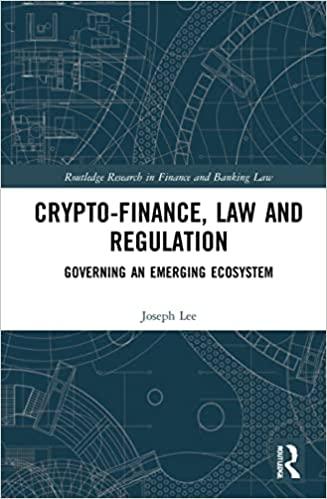Question
This question deals with the optimal portfolio choice for an investor with mean-variance preferences in a world with two risky securities, A and B, and
This question deals with the optimal portfolio choice for an investor with mean-variance preferences in a world with two risky securities, A and B, and a risk free asset, F. Security A offers an expected return of 2% and has a standard deviation of return of 2%. Security B has expected return and standard deviation of 9% and 7%, respectively. The correlation coefficient between securities A and B is -0.5. The investor can also borrow and lend at a risk free rate of 1%per month. Suppose that the investor's preferences are represented by the utility function U = E(r) -0.5*A*Var(r), where A is an index of the investor's risk aversion. Furthermore, suppose that A = 5.
1. What fraction of the total portfolio should the investor allocate to the optimal portfolio of risky assets and what fraction should he allocate to the risk-free asset?
a. X_risky = 0.975
b. X_risky = 0.85
c. X_risky = 0.5
d. X_risky = 0.275
e. X_risky = 0.196
2. What is the Sharpe ratio of the portfolio obtained in the previous problem (the combination of the optimal risky portfolio and risk-free asset)?
a. 0.75
b. 1.68
c. 0.40
d. 0.30
e. 0.25
Step by Step Solution
There are 3 Steps involved in it
Step: 1

Get Instant Access to Expert-Tailored Solutions
See step-by-step solutions with expert insights and AI powered tools for academic success
Step: 2

Step: 3

Ace Your Homework with AI
Get the answers you need in no time with our AI-driven, step-by-step assistance
Get Started


